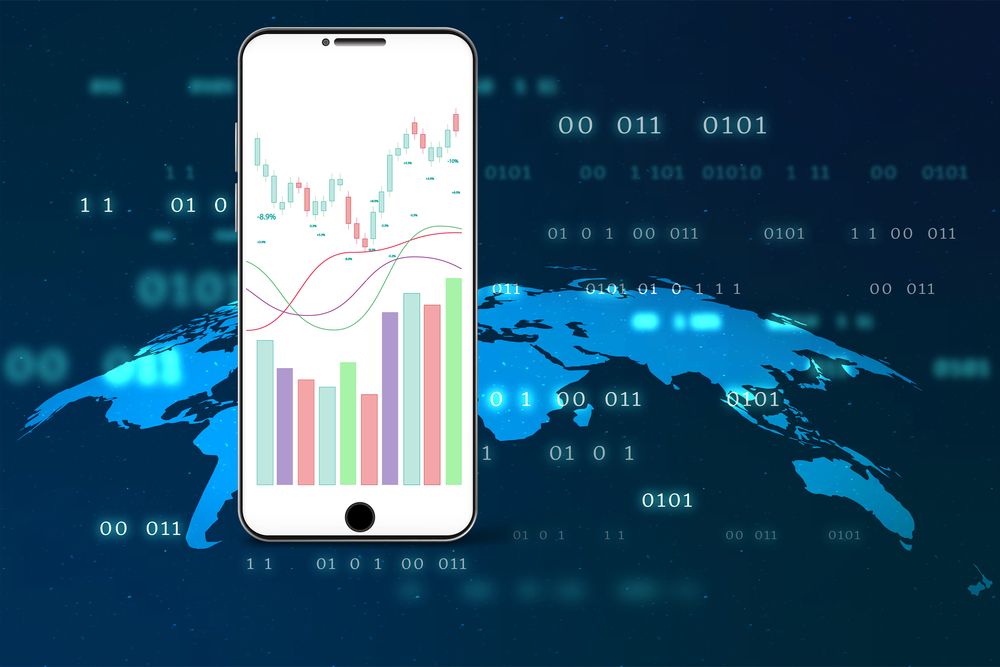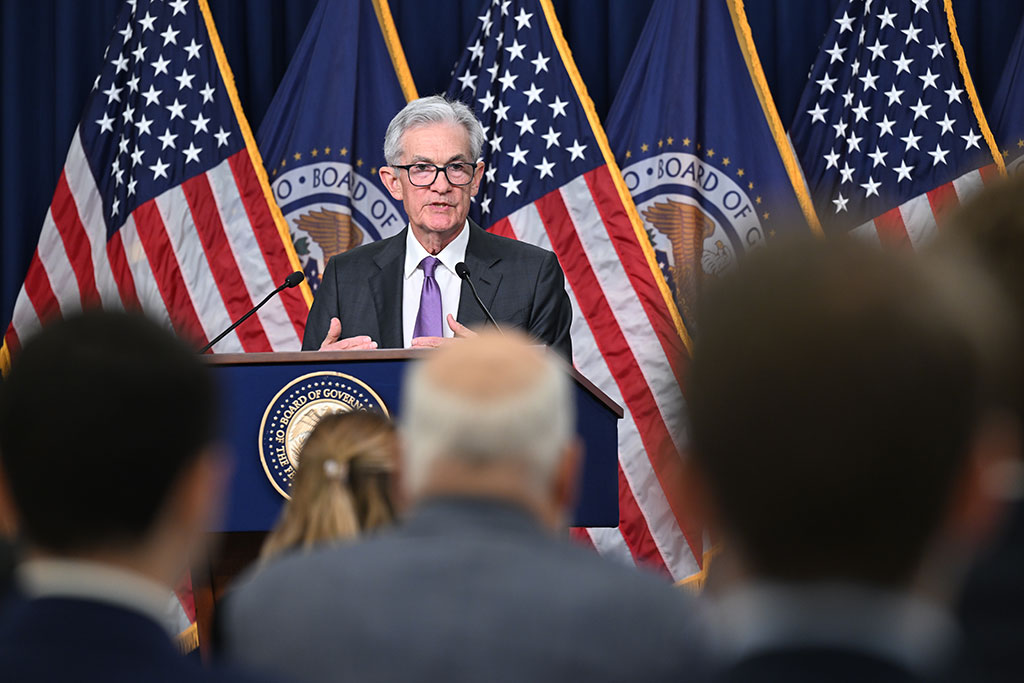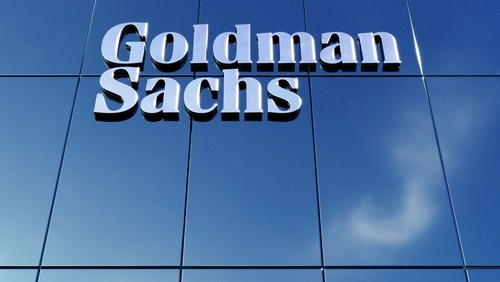US Dollar Index (DXY) rally stalls right below 99.00 ahead of US GDP, Fed’s decision

- The Dollar stands tall, underpinned by strong US data and recent trade deals.
- Later today, preliminary US GDP data is expected to confirm a significant economic recovery in Q2.
- The strong US data seen recently might prompt the Fed to deliver a "hawkish hold" on Wednesday.
The US Dollar consolidates gains on Wednesday, following a four-day rally, as a series of trade deals between the US and key partners and relatively upbeat data have provided support ahead of a slew of key macroeconomic releases in the second half of the week.
The USD Index, which measures the Greenback against a basket of the most traded currencies, is trading at 98.80 during Wednesday’s European session. The pair is posting minor losses on the daily chart but remains nearly 2% above last week’s lows and on track for its first monthly gain this year.
US GDP and ADP Employment might support the Fed’s cautious stance
US Data released on Tuesday revealed a larger-than-expected decline in US JOLTS Job Openings, suggesting some cooling in the labour market, while the Conference Board’s Consumer Confidence Survey rose beyond expectations, yet with US consumers showing concerns about the impact of tariffs on their economies. The Greenback pulled back after the data release.
Later today, the US ADP report is expected to show a significant recovery in employment creation in June, while the preliminary GDP is likely to reveal that the economy grew at a 2.4% pace in Q2, after a 0.5% contraction in the first months of the year.
These figures are likely to give the Fed further reasons to stick to its “patience” rhetoric, after keeping interest rates on hold, as widely expected. Hawkish comments from Fed Chairman Powell might dampen hopes of a September cut further and give an additional boost to the US Dollar.
Fed FAQs
Monetary policy in the US is shaped by the Federal Reserve (Fed). The Fed has two mandates: to achieve price stability and foster full employment. Its primary tool to achieve these goals is by adjusting interest rates. When prices are rising too quickly and inflation is above the Fed’s 2% target, it raises interest rates, increasing borrowing costs throughout the economy. This results in a stronger US Dollar (USD) as it makes the US a more attractive place for international investors to park their money. When inflation falls below 2% or the Unemployment Rate is too high, the Fed may lower interest rates to encourage borrowing, which weighs on the Greenback.
The Federal Reserve (Fed) holds eight policy meetings a year, where the Federal Open Market Committee (FOMC) assesses economic conditions and makes monetary policy decisions. The FOMC is attended by twelve Fed officials – the seven members of the Board of Governors, the president of the Federal Reserve Bank of New York, and four of the remaining eleven regional Reserve Bank presidents, who serve one-year terms on a rotating basis.
In extreme situations, the Federal Reserve may resort to a policy named Quantitative Easing (QE). QE is the process by which the Fed substantially increases the flow of credit in a stuck financial system. It is a non-standard policy measure used during crises or when inflation is extremely low. It was the Fed’s weapon of choice during the Great Financial Crisis in 2008. It involves the Fed printing more Dollars and using them to buy high grade bonds from financial institutions. QE usually weakens the US Dollar.
Quantitative tightening (QT) is the reverse process of QE, whereby the Federal Reserve stops buying bonds from financial institutions and does not reinvest the principal from the bonds it holds maturing, to purchase new bonds. It is usually positive for the value of the US Dollar.







